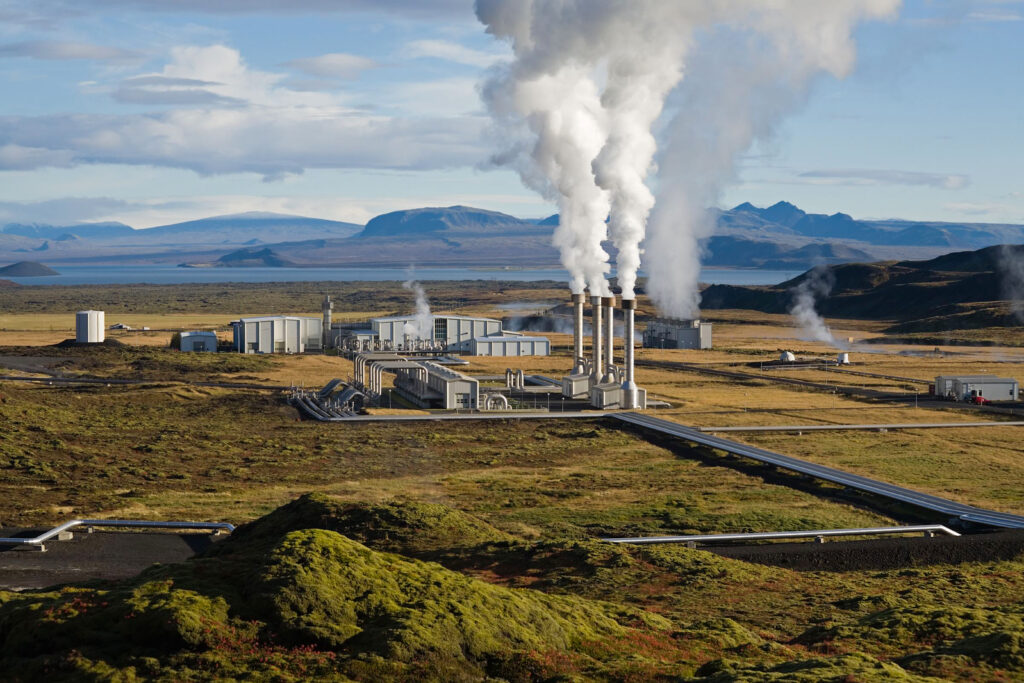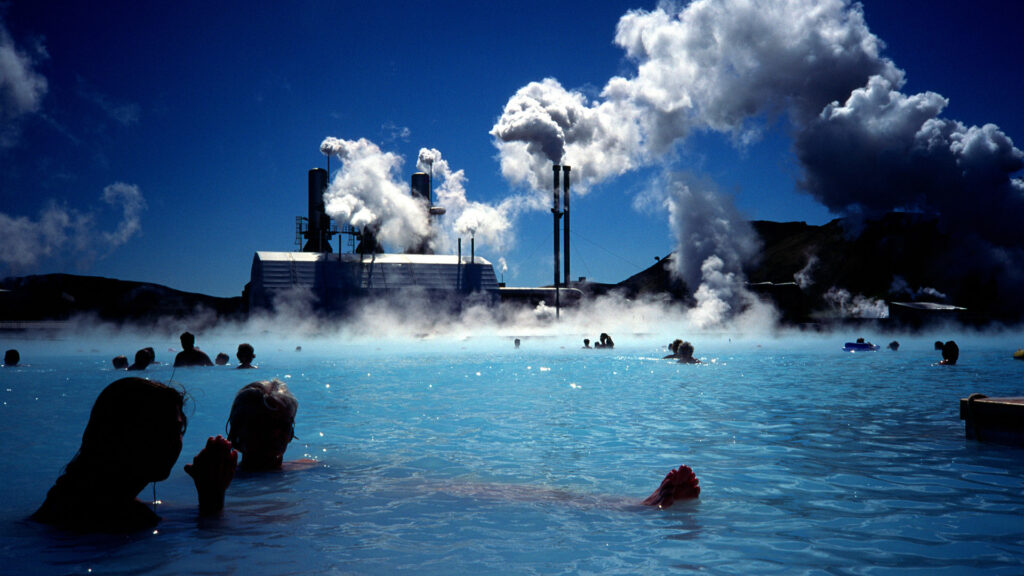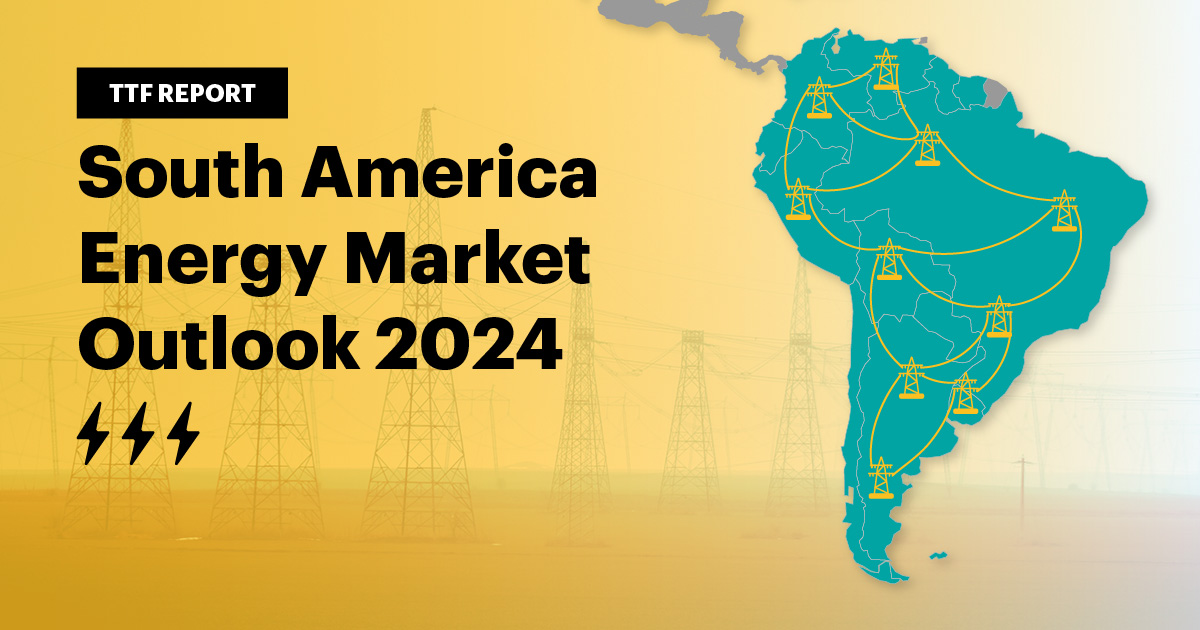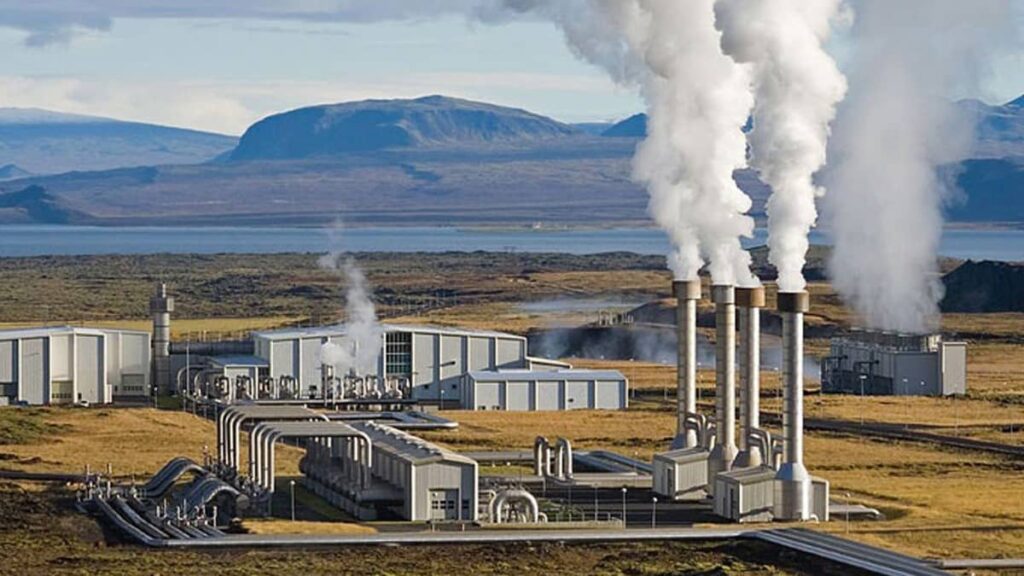
Geothermal energy is energy generated from the heat from the earth’s interior for electricity and heating. South America has abundant mountain ranges that promote the exploration f geothermal energy. Geothermal energy features along the Andean volcanic belt that stretches across several countries. This is across countries like Chile, Argentina, Colombia and Ecuador. There are current projects like Cerro Pabellon, Copahue and Sol de Manana. South America exploring geothermal energy could lead to a sustainable energy future. Geothermal energy serves in heating, agricultural applications and industrial processes like food processing.
A line guard is a component used to protect the conductor from various mechanical stresses and environmental factors. It has a helical shape to wrap around the conductor for mechanical protection. It also helps to mitigate specific issues that affect the performance and longevity of the line. They absorb and dissipate the energy from these vibrations to prevent fatigue. Line guards help to stabilize the conductor and reduce the risk of movements.
Sources for geothermal energy include geothermal hot springs, volcanic regions and hydrothermal resources. Several countries are introducing favorable policies and regulations to encourage geothermal development. Geothermal energy faces several challenges such as high upfront costs, technical and environmental concerns. However, it offers several benefits such as energy security, job creation and reduced greenhouse gas emissions.
Technology used in geothermal energy exploration and generation in South America
There are several technologies used in the exploration and generation of geothermal energy. South America is leveraging a mix of technologies to explore and harness its geothermal potential. These technologies harness the heat from earth’s interior for generation. The selection of technology depends onseveral factors. This is including the specific geothermal resource characteristics and environmental factors. Line guards help prevent damage from compression and bending forces at suspension points. The following are the technologies used in exploration and generation of geothermal energy.

- Exploration technologies – these technologies include geological surveys, geophysical methods, and geochemical analysis. These technologies help in studying rock formations, measure electromagnetic fields and identify the reservoirs.
- Drilling technologies – these include slim hole drilling, directional drilling, rotary drilling, air drilling and enhances geothermal systems. These technologies allow for precise exploration and ease the flow of geothermal fluids.
- Power generation technologies – such include dry steam plants, flash steam plants and binary cycle plants. These allow use of steam from geothermal reservoirs to drive turbines and generate electricity. Some include use of geothermal fluids to heat a secondary working fluid in a heat exchanger. Combined heat and power (CHP) includes producing electricity and useful heat from geothermal resources.
- Emerging technologies – enhanced geothermal systems (EGS) has the potential to unlock geothermal resources. This is especially in areas with low permeability. Advancements in data management and analysis help in improving resource assessment. Geothermal heat pumps aid in heating and cooling buildings using the ground as a heat source.

Challenges facing geothermal energy generation
Geothermal energy generation faces challenges that hinder its development and adoption. These challenges may be technical and financial to regulatory and environmental issues. It is important to address these challenges to realize its potential. Supportive policies, partnerships and investments in technologies pave the way for more extensive geothermal energy development. Line guards help reduce corona discharge by smoothing out the electric field around the conductor. The following are the challenges facing geothermal energy development in South America.

- High initial costs – this includes costs related to exploration, drilling and establishing geothermal plants. This includes geothermal surveys, drilling exploration wells and developing infrastructure.
- Regulatory and policy barriers – many South American countries lack clear regulatory frameworks and policies to support the development. The process for obtaining the permits and licenses can be lengthy and unpredictable.
- Environmental and social concerns – geothermal projects impact land use, ecosystems and water resources. The support should also support and accept the development which can be difficult.
- Market and financial constraints – securing funding for geothermal projects is challenging due to the high upfront costs and risks. Market conditions may not favor geothermal energy investments.
- Technical challenges – the geological conditions can be complex and unpredictable in some areas. Geothermal reservoir maintenance can also be technically challenging.
- Limited infrastructure and expertise – developing the necessary infrastructure including roads and power lines can be costly. The development and management also requires skilled professionals with expertise which can be limiting.
